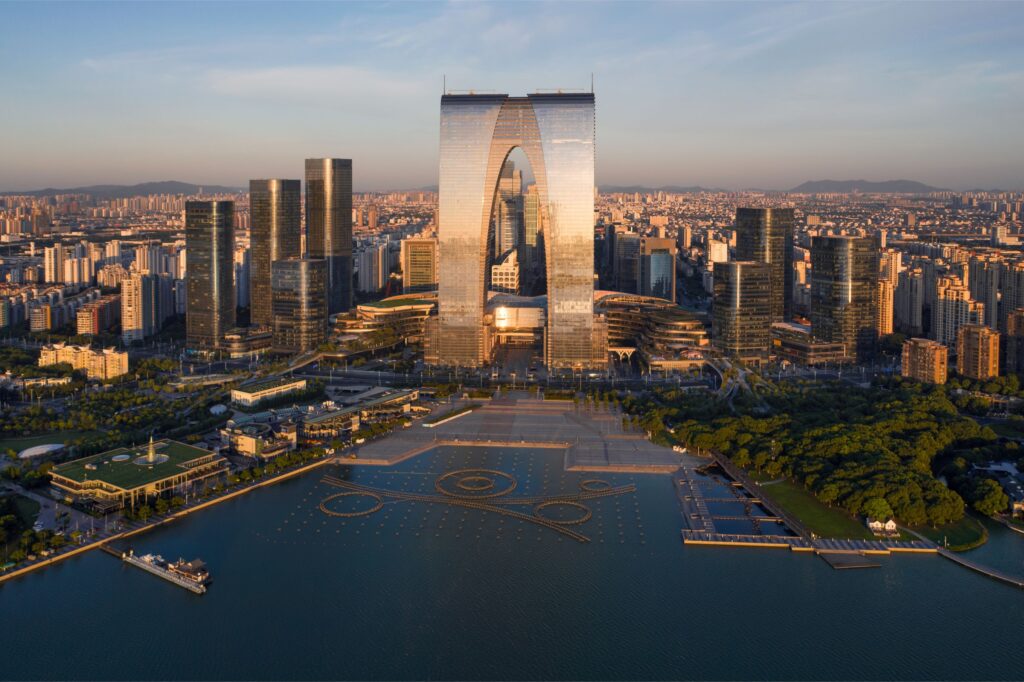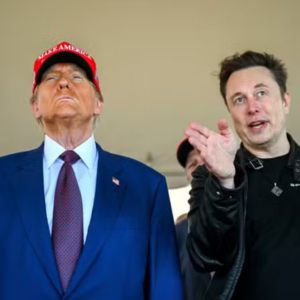The years following the 9/11 attacks ushered in significant shifts in the global economic landscape, much like the aftermath of World War II. While the United States rebounded after 9/11, China capitalized on the opportunity to transform itself into an economic powerhouse, paralleling the way the U.S. leveraged the rebuilding of Europe and Asia following World War II. It’s worth noting the similar economic transformations in both periods and the strategies employed by the U.S. and China to seize opportunities.
China’s Economic Ascendancy
In the two decades following 9/11, China experienced a meteoric rise in its economic power. Its GDP, measured by purchasing power parity (PPP), surged from $4.1 trillion in 2001 to a staggering $25.36 trillion in 2018, making it the world’s largest economy by PPP.
China’s rise was meticulously planned, with the government positioning the nation as a global manufacturing hub. By harnessing its vast labor force, infrastructure investments, and strategic economic policies, China attracted foreign investment and fueled its export-driven growth. This transformation allowed China to seize the opportunity presented by a post-9/11 global economy in flux.
Post-World War II Economic Landscape
The aftermath of World War II witnessed a similar reshaping of the global economy. The United States, which emerged largely unscathed from the war, leveraged its economic might to lead the reconstruction efforts in war-torn Europe and Asia. The Marshall Plan provided substantial financial assistance to European nations, fostering their recovery and facilitating trade relationships.
By extending aid and support, the U.S. helped revive European and Asian economies, which in turn created new markets for American goods and services. This approach not only aided in rebuilding the war-ravaged regions but also cemented the U.S. as the world’s leading economic superpower.
Trade Relations and a Break in Strategies
As China’s economy flourished in the post-9/11 era, tensions in U.S.-China trade relations began to escalate, particularly during President Donald Trump’s tenure. The U.S. adopted a more assertive stance, imposing tariffs on Chinese goods to address perceived trade imbalances and unfair practices. In response, China retaliated, leading to an ongoing trade war with repercussions for global commerce.
In the post-World War II era, the U.S. employed a different strategy. Instead of confrontation, it promoted international cooperation and trade agreements. Institutions like the Bretton Woods Conference and the General Agreement on Tariffs and Trade (GATT) laid the groundwork for a more integrated global economy, with the United States at the helm. By fostering international cooperation, the U.S. solidified its position as the primary beneficiary of the post-war economic recovery.
Implications for the Future
The parallels between China’s rise in the post-9/11 era and the United States’ post-World War II economic dominance highlight the importance of strategic planning and adaptability in a changing global economy. Both instances demonstrate how nations can seize opportunities to enhance their economic standing.
While trade tensions persist between the U.S. and China, the historical context suggests that cooperation and diplomacy may offer more sustainable solutions. The post-World War II era showcases the benefits of fostering global economic stability through international collaboration.
The post-9/11 era and the aftermath of World War II serve as compelling case studies of how nations can capitalize on opportunities in a shifting global economic landscape. China’s ascent and the United States’ post-war economic dominance are remarkable examples of how strategic planning and adaptation can shape the destiny of nations. While challenges remain, the lessons of history underscore the value of international cooperation in fostering long-term economic prosperity and stability.





